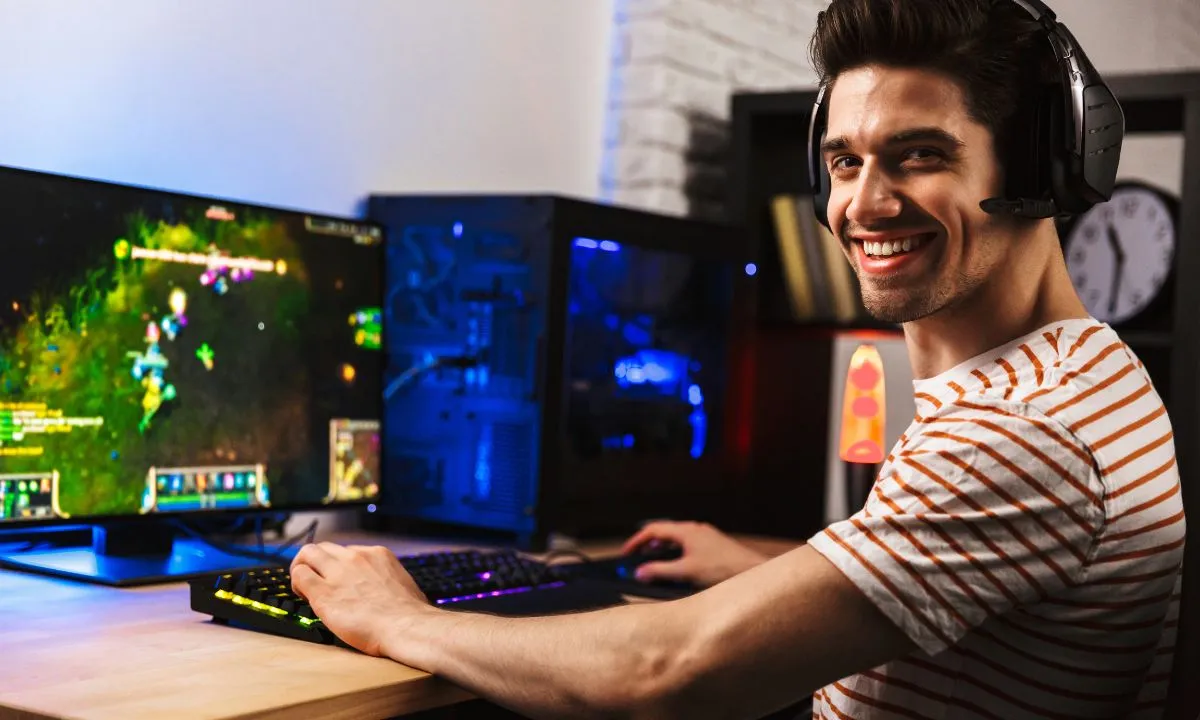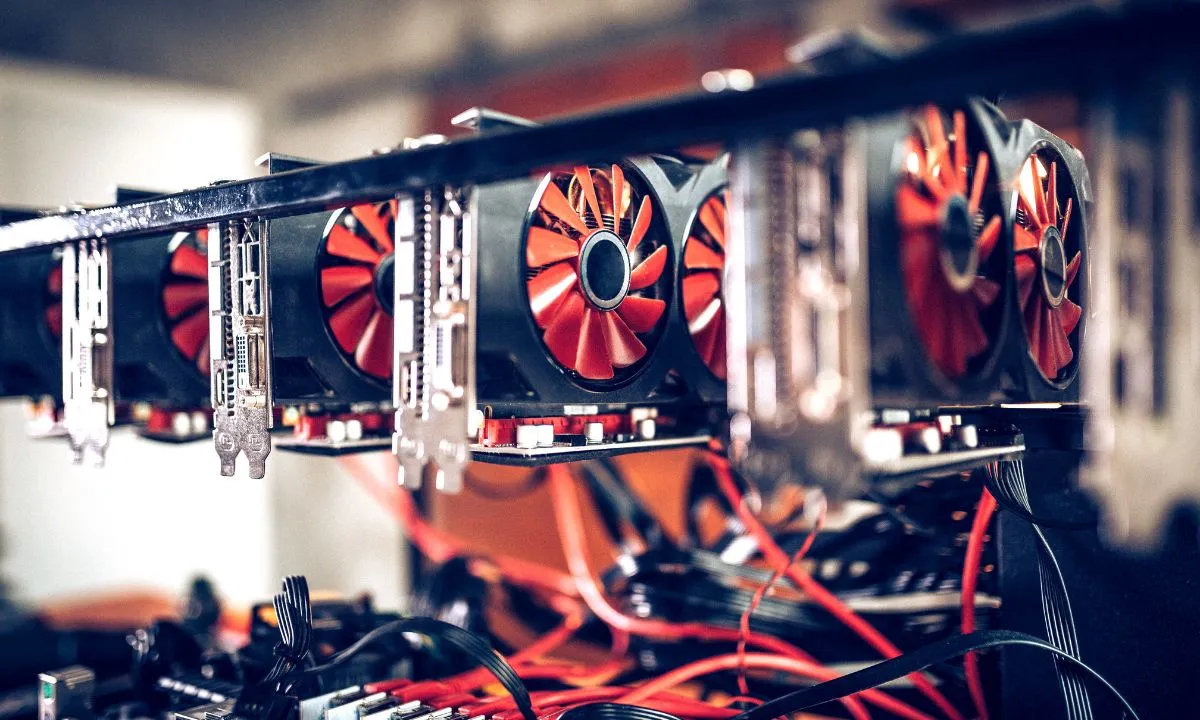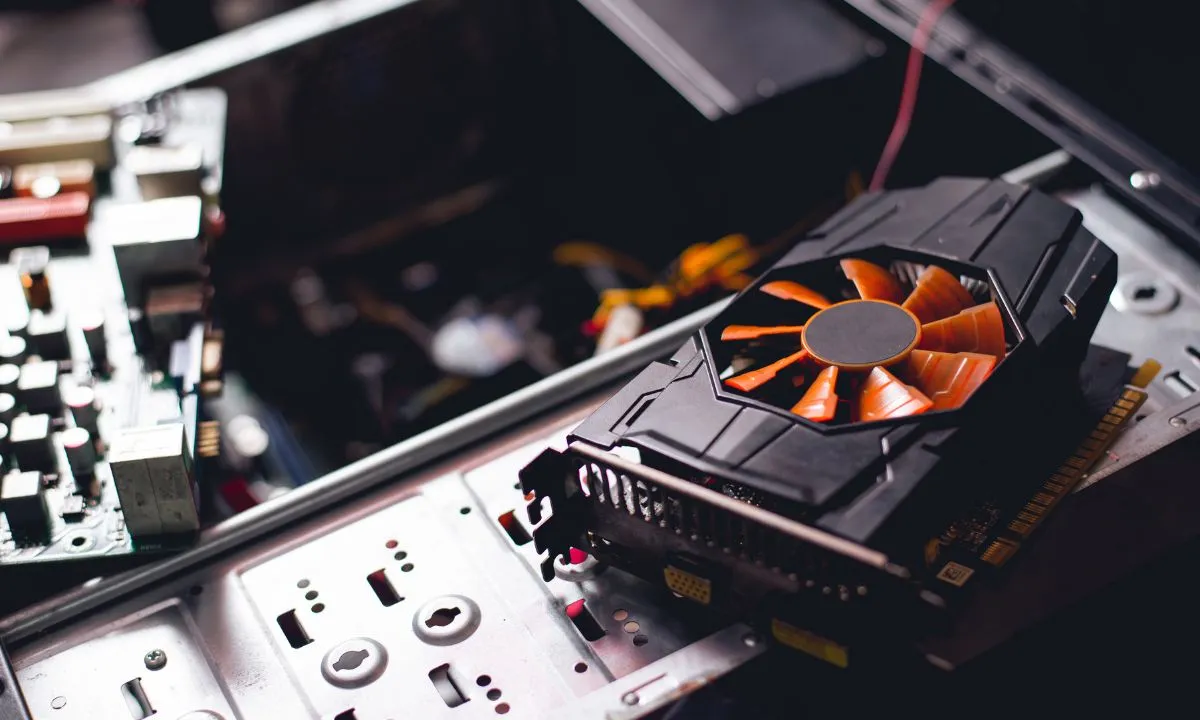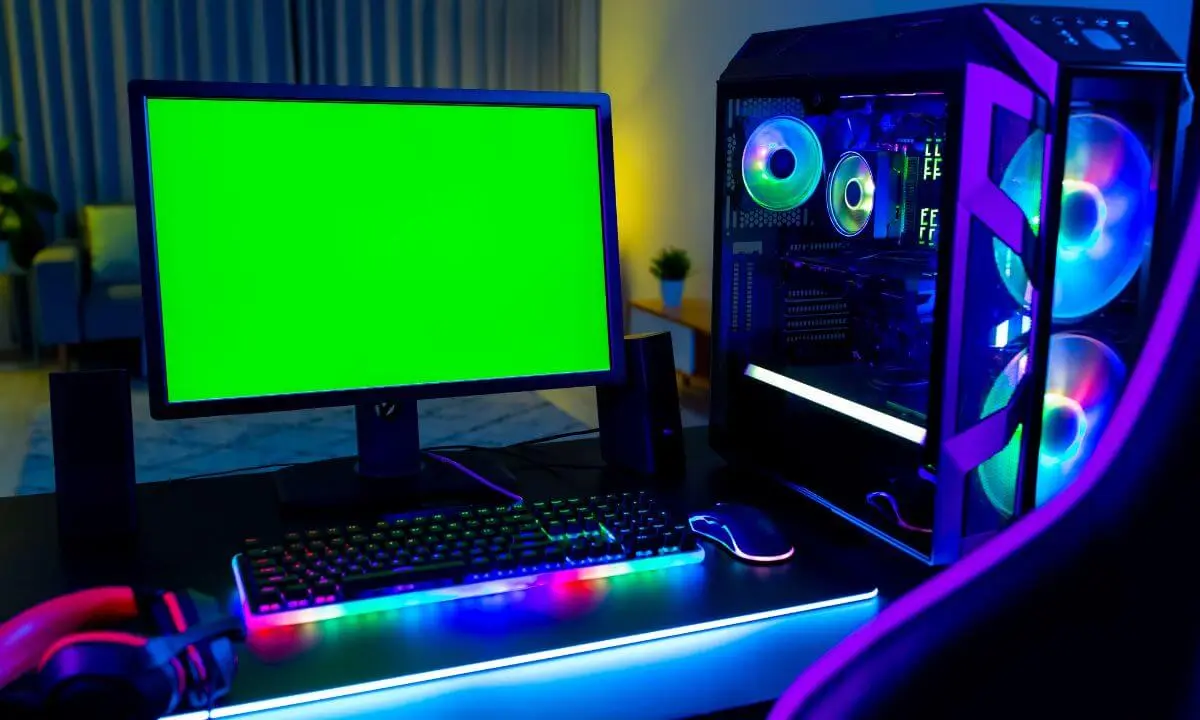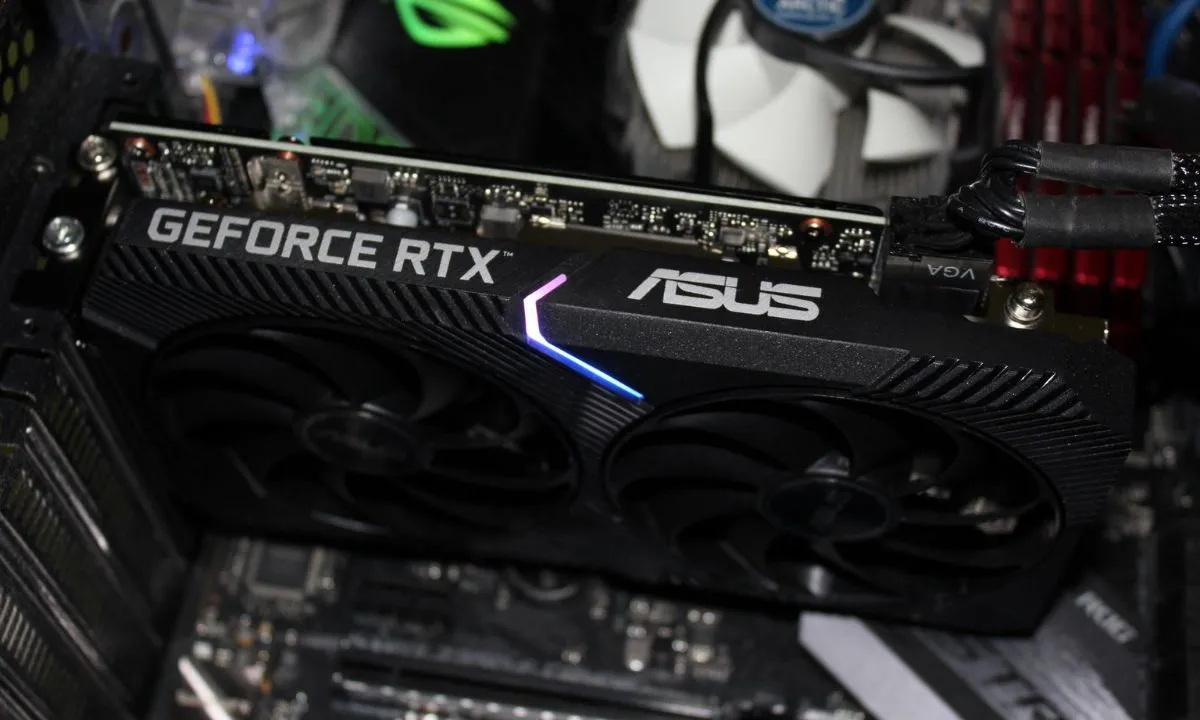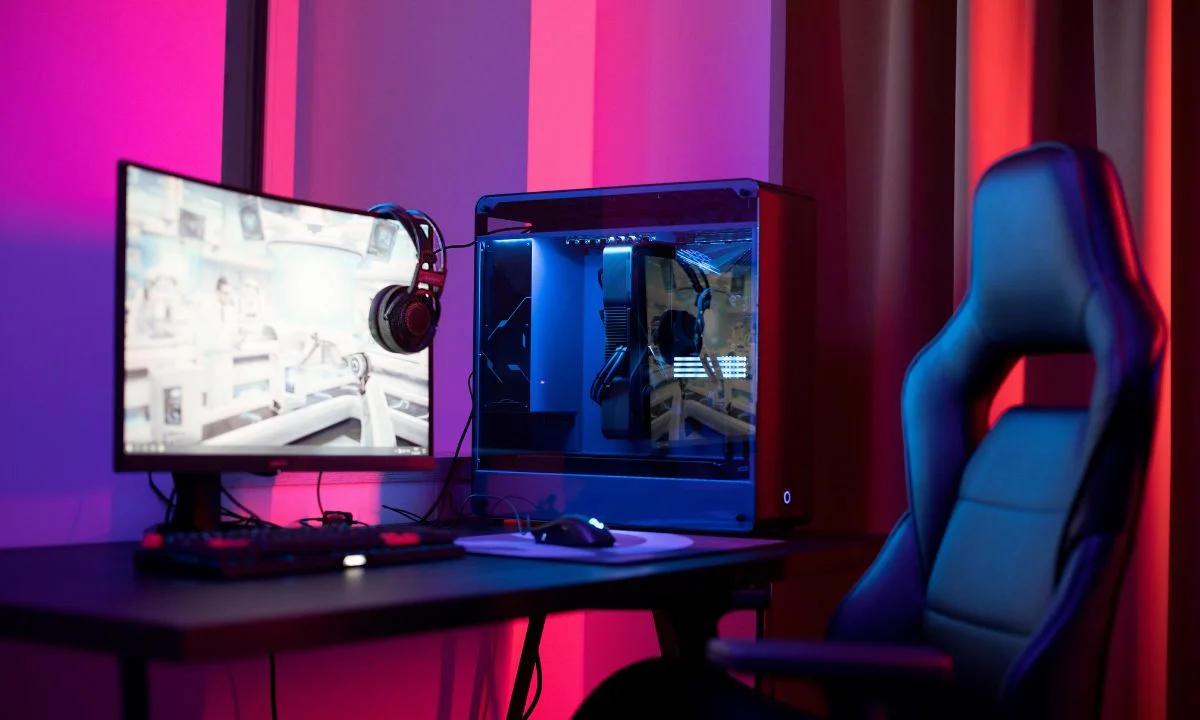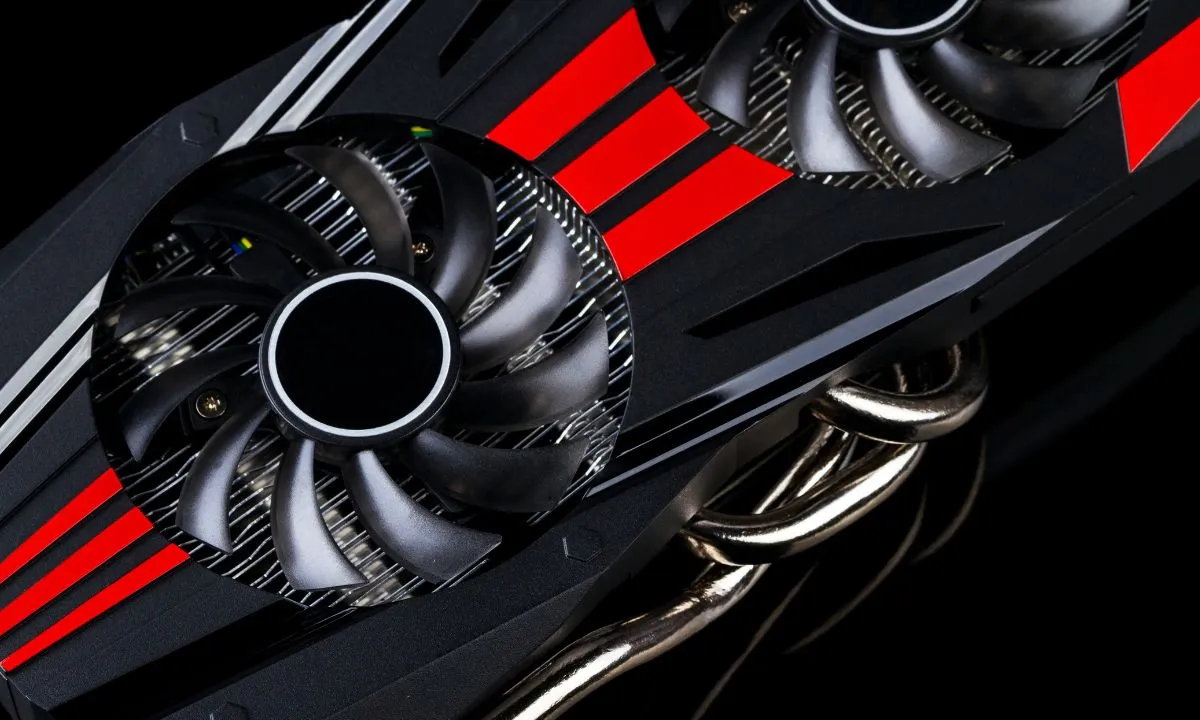Capturing game highlights has become a popular way for gamers to relive and share their most exciting moments. In this guide, we will explore how you can automatically capture game highlights using any GPU. We will discuss the importance of game highlights and the benefits of automating the capturing process. By the end, you will have a clear understanding of how to effortlessly capture and preserve your gaming achievements, allowing you to create memorable and engaging content for yourself and others to enjoy. So let’s start:
Understanding GPU-Based Game Capture
GPU-based game capture is a revolutionary method of capturing game highlights that leverages the power of Graphics Processing Units (GPUs). To understand this technology, let’s start with a brief explanation of GPUs and their role in gaming.
A GPU is a specialized processor designed to handle complex graphics calculations. It works in conjunction with the Central Processing Unit (CPU) to render and display images on your screen. In gaming, the GPU plays a crucial role in delivering smooth and realistic graphics, making your gaming experience immersive and visually stunning.
Traditionally, game capture methods relied on the CPU, which could cause performance issues and frame rate drops. These methods included screen recording software or external capture devices. While they served the purpose, they often put a strain on system resources and resulted in lower frame rates and reduced gameplay quality.
Enter GPU-based game capture. This method utilizes the power of your GPU to capture game highlights seamlessly. Instead of relying solely on the CPU, the GPU takes on the task of capturing and encoding the gameplay footage. This offloads the burden from the CPU, resulting in minimal impact on performance and improved gameplay smoothness.
The advantages of GPU-based game capture are significant. Firstly, it provides superior performance by leveraging the dedicated processing capabilities of the GPU. This means you can capture game highlights without sacrificing frame rates or gameplay quality.
Additionally, GPU-based game capture often comes bundled with dedicated software that offers advanced features like automatic highlight detection, customizable triggers, and editing tools. These features make it easier to capture, manage, and share your best gaming moments effortlessly.
Requirements for GPU-Based Game Capture
To utilize GPU-based game capture effectively, there are several requirements you need to consider. Let’s delve into each aspect to ensure you have the necessary hardware, software, and settings for optimal performance.
Hardware requirements for GPU-based game capture
Hardware requirements play a vital role in GPU-based game capture. Firstly, you need a capable GPU that supports hardware encoding, such as NVIDIA GeForce GTX or RTX series, or AMD Radeon GPUs. These GPUs have dedicated encoding chips that offload the capture process from the CPU, resulting in smoother performance. Additionally, having a modern CPU and sufficient RAM will complement the GPU’s performance and ensure smooth gameplay during capture.
Software requirements and compatibility considerations
Moving on to software requirements, you need a compatible game capture software that supports GPU-based capture. Popular options include OBS Studio, NVIDIA ShadowPlay, and AMD ReLive. Ensure that the software is up to date and compatible with your GPU model. It’s also essential to have the latest GPU drivers installed, as they often include optimizations and bug fixes for game capture.
Recommended settings for optimal performance
For optimal performance, it’s recommended to adjust specific settings. Firstly, enable hardware encoding in your game capture software to utilize the GPU’s capabilities fully. This setting offloads the video encoding process from the CPU, resulting in minimal performance impact. Additionally, optimizing the capture resolution and frame rate to match your system’s capabilities will ensure smoother capture without sacrificing quality and also helps to overcome issues like low GPU usage.
By meeting the hardware requirements, using compatible software, and adjusting recommended settings, you can achieve optimal performance with GPU-based game capture. It’s crucial to ensure your hardware and software are up to date to take advantage of the latest optimizations and features, resulting in a seamless and enjoyable game capture experience.
Selecting the Right Software
When it comes to GPU-based game capture, selecting the right software is crucial to ensure a smooth and efficient capturing experience. Let’s explore the key factors to consider when choosing the software that suits your needs.
There are several popular GPU-based game capture software options available, each with its own strengths and features. Examples include OBS Studio, NVIDIA ShadowPlay (now called NVIDIA Share), and AMD ReLive. These software solutions leverage the power of your GPU for efficient game capture.
To make an informed choice, it’s important to compare the features, ease of use, and compatibility of the software options. Look for features like automatic highlight detection, customizable triggers, and editing tools. Consider the user interface and how intuitive it is to navigate and operate the software. Additionally, ensure that the software is compatible with your GPU model and the games you intend to capture.
When choosing the right software, consider your specific needs. Are you a casual gamer looking for a simple and user-friendly solution, or do you require advanced features for professional editing and streaming? Evaluate whether the software meets your specific requirements for capturing, managing, and sharing game highlights.
Furthermore, consider community support and resources available for the software. Robust online communities can provide valuable assistance, tutorials, and troubleshooting tips, which can be beneficial, especially for beginners.
Configuring GPU-Based Game Capture Software
Once you have selected the GPU-based game capture software that suits your needs, it’s time to configure it for optimal performance. Let’s explore the key steps involved in configuring the software.
Installation and setup process of the selected software
The first step is the installation and setup process of the selected software. Download the software from the official website and follow the installation instructions. Most software options provide a straightforward installation wizard that guides you through the process. Once installed, open the software and proceed to the configuration steps.
Optimizing settings for capturing game highlights
To optimize the settings for capturing game highlights, explore the options available within the software. Look for settings related to video quality, resolution, and frame rate. Adjust these settings based on your preferences and the capabilities of your system. Higher quality settings may result in larger file sizes, so find the right balance between quality and storage space.
Customizing hotkeys and capturing options
Customizing hotkeys and capturing options is another important aspect of configuration. Most software allows you to assign hotkeys for starting and stopping the capture, enabling manual control over the process. Take some time to customize these hotkeys to your liking, ensuring they are convenient and easy to remember during gameplay. Additionally, explore the capturing options within the software, such as choosing the desired audio sources or including webcam footage.
It’s important to regularly check for software updates. Developers often release updates that include bug fixes, performance optimizations, and new features. Stay up to date with the latest version of the software to ensure a smooth and reliable capturing experience.
Capturing Game Highlights Automatically
Capturing game highlights automatically can save you time and effort, allowing you to focus on the gameplay itself. Let’s explore how you can enable automatic game highlight detection and capture using your GPU-based game capture software.
Enabling automatic game highlight detection and capture
Many software options offer automatic game highlight detection features. These features use intelligent algorithms to identify key moments in your gameplay, such as epic kills or achievements. To enable this functionality, navigate to the settings of your chosen software and locate the automatic highlight detection options. Ensuring this feature is enabled will allow the software to detect and capture these exciting moments automatically.
Exploring different trigger mechanisms (e.g., kills, achievements)
Exploring different trigger mechanisms is another way to customize automatic game highlight capture. Some software allows you to specify triggers based on specific events, such as kills, headshots, or unlocking achievements. By selecting the triggers that align with your gameplay style, you can ensure that the software captures the most exciting moments that reflect your gaming achievements.
Fine-tuning detection sensitivity and eliminating false positives
Fine-tuning the detection sensitivity is important to eliminate false positives. Adjusting the sensitivity settings within the software allows you to specify how sensitive the automatic detection feature is. If you find that the software is capturing too many irrelevant moments, you can decrease the sensitivity. On the other hand, if it’s missing important highlights, you can increase the sensitivity to capture more moments.
Regularly reviewing and fine-tuning these automatic game highlight settings will help you optimize the capturing process. It’s a good idea to experiment with different triggers and sensitivity levels to find the perfect balance that captures the most exciting moments while eliminating false positives.
Managing and Editing Captured Highlights
Once you have captured your game highlights using GPU-based game capture software, it’s important to effectively manage and edit them to create compelling content. Let’s explore the key steps involved in managing and editing your captured highlights.
Locating and organizing captured game highlights
Locating and organizing captured game highlights is the first step. Most software options provide a dedicated folder where the captured highlights are saved. Locate this folder on your computer and create a system for organizing the files. You can categorize them by game, date, or any other method that suits your preferences. This makes it easier to find specific highlights when you want to edit or share them.
Editing and trimming highlights for the desired length
Editing and trimming highlights allow you to refine the captured footage to the desired length and focus on the most exciting moments. Use the video editing software of your choice to open the captured highlight files. Trim the footage to remove any unnecessary parts and create a more concise and engaging highlight reel. You can also enhance the footage by adding text, transitions, or special effects to make it more visually appealing.
Exporting and sharing highlights on different platforms
Once you have edited your highlights, it’s time to export and share them on different platforms. Export the edited highlights in a format that is suitable for the platforms you intend to share them on, such as MP4 or MOV. Common platforms for sharing game highlights include YouTube, Twitch, or social media platforms like Twitter or Instagram. Upload the edited highlights to these platforms and share them with your friends, followers, or the gaming community.
By effectively managing and editing your captured highlights, you can create captivating content that showcases your best gaming moments. Remember to organize your files, trim the footage to the desired length, and export and share the highlights on platforms that reach your desired audience. This allows you to share your gaming achievements and engage with others who appreciate your skills and enthusiasm.
Conclusion:
GPU-based game capture provides numerous benefits, such as time-saving and high-quality captures. With any GPU, you can seamlessly capture game highlights, preserving and sharing your gaming achievements effortlessly. Take advantage of this powerful technology and create captivating content.
